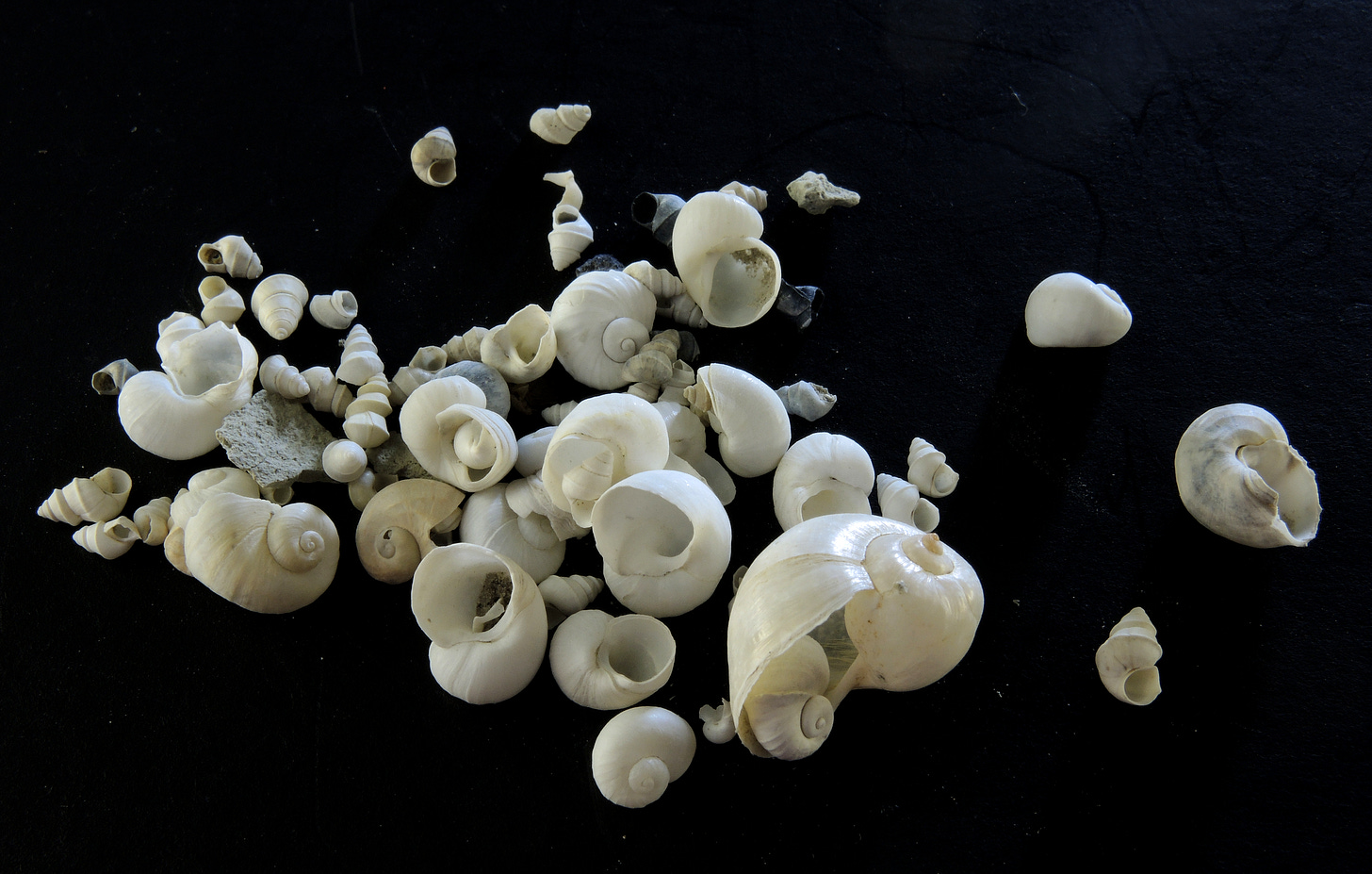I like it when the Entomological Society holds its annual meeting in Reno, Nevada, not because the meetings are better, but because I can take a day off from fidgeting during boring talks to drive the 40 miles up to Pyramid Lake on the Paiute Indian Reservation. This desert lake is one of the jewels of the Basin and Range Province, that deranged piece of Western geology in which narrow, north-south mountain ranges alternate with valleys that have no outlet to the sea, most of them occupied by shimmering beige to white dry lakes. This has not always been so, for as recently as a few thousand years ago, the climate here was cooler and wetter, and many of these closed basins were filled with bona fide lakes. It would not be fair to say that this region is currently without charm, but in my imagination, open woodlands surrounding dozens of large, blue, deep lakes have a milder, softer charm than today's austere landscape. Over the last 10,000 years, most of these lakes have dried first into puddles, then marshes, then dry lake beds that emit billows of alkali dust on windy days, but after rare heavy rains, hold short-lived lakes a few inches deep. Pyramid Lake still survives as a brackish lake because the Truckee River delivers water from the Sierra Nevada, but it too is shrinking because of water diversion from the river.
From the hilltop, the lake shimmers glacial-ice blue surrounded by brown, beige and black mountains. Here and there, temporary streams descend from the surrounding mountains to sustain scattered groves of huge willows and cottonwoods, sheltered, secret refuges from the vast sagebrush flats that surround them. The willows are yellow in the autumn cold, their brown rugose trunks bent and leaning, some parallel with the ground. But the unique charms of Pyramid Lake require a closer look and more knowledge. Stroll the quarter mile from the willow grove to the water's edge and you might easily miss the gravelly-sandy strips running parallel to the lakeshore ahead. Scrape up a handful of this material to see that it consists largely of tiny snail shells. Turn around to look back and you might spot more such strips behind you, and farther still, you will see them climb step by step, strictly parallel and level up the foot of the mountains. Once you understand that the snail shells in your hand are aquatic, you will have an epiphany--- the strips are rings around the drying Pyramid Lake bathtub, old wave-cut beaches from when the water stood higher and snails thrived where there is now only rabbit brush and sage brush. To walk away from the lake, from old beach to older beach is to walk through centuries and then millenia.
On my desk at home is a bag of snail shells from an old beach half a mile inland from the present shore. Sometimes I ponder--- in the progression of beaches landward, which ones are composed of fossils, and which are just snail shells? When does a snail shell change from just old to a fossil? And does the fossil gain in meaning and intrinsic value over the original old object? Is time as arbitrary as value?




This reminds me of when we walked down into the levels of the Grand Canyon, and of how you saw the past geological history in the layers.